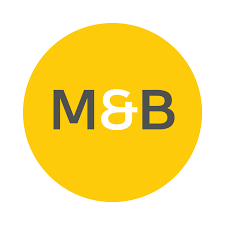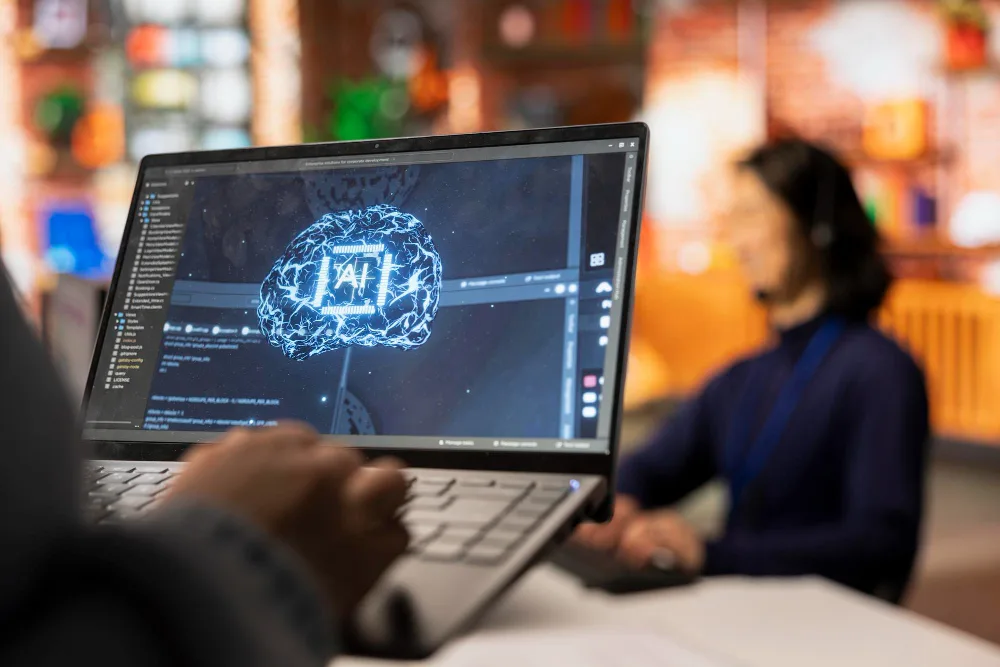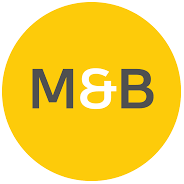
Googlebot Explained: What It Is and How It Crawls the Web
Googlebot is the invisible force behind every search ranking. Over the years, Googlebot has evolved into a sophisticated web crawler that not only discovers content with quality, usability, and technical performance. It acts as a gatekeeper by evaluating the content to bring to the Google Search Engine. For an SEO professional, understanding the crawl purpose to crawl budget every action determines the search results. Therefore, mastering the Googlebot is not an option; it's a difference between staying hidden and dominating SERPs.
As a professional digital marketing agency in Kolkata, we help businesses to align with Googlebot indexing faster and stronger with a better presence. Let’s breakdown the what Googlebot is, how it works, and few tips to optimise your site.
The Role of Googlebot in Search
Googlebot is the bridge between your website and the Google search index. It systematically visits the URLs, renders pages, and transmits the data for indexing. The crawler evaluates the technical signal, the quality of the content, and the readability of the content, including the search result. However, for an SEO professional, the challenges lie in making the Googlebot journey a seamless crawl barriers and aligning with the algorithm.
Crawl Purpose and Function
In Googlebot's core function is to discover new content. The crawl process serves multiple purposes like:
Identifying new URLs through links, XML sitemap, and redirects.
Updates the content and process for indexing
Validating site health, including accessibility response codes and server stability
Crawl Stats and Performance Indicators
Crawl activity can be tracked through Google Search Console’s Crawl Stats report. The following metrics help with the details that are:
Total crawl requests in a day
Average response time of your server
Types of crawled such as (HTML, CSS, JS, images)
Googlebot type: (desktop and mobile)
Stats are invaluable for technical SEO. The efficiency of the crawl can be estimated with high crawl and low failure rates. On the other hand, long response times or spikes in failed crawl requests raise a red flag in terms of infrastructure and configuration issues.
Crawl Budget and Frequency
Crawl budget refers to the maximum number of URLs that Googlebot can crawl in a given timeframe. Every site is assigned a crawl budget, including:
Crawl Demand: How important is the content
Crawl Capacity: How quickly and reliably you serve the response
Content Update: Frequently updated content attracts more crawl activity
The average response time of your site directly impacts the crawl budget. A faster response allows Googlebot to access more URLs without overloading the server. Heavy website traffic should be optimized and ensure that important pages are fully crawled and indexed within a given cycle.
Types of Googlebot Crawls
Googlebot Desktop: Crawls the website for desktop users.
Googlebot Mobile: Crawls the website for mobile users.
Moreover, other specialised crawlers are present, such as Googlebot Image, Googlebot Video, AdsBot, etc. Each service has its own purpose. However, mobile-first indexing is now the standard optimisation for ranking. Identifying the suitable type of crawl can help to optimise the content format.
Best Practices to Optimise Googlebot
Optimising your website for Googlebot is a significant step in ensuring that your pages are properly crawled and indexed, and ranked on Google. However, the crawling efficiency ultimately boosts the visibility in search results.
Submit an XML Sitemap: It helps as a roadmap for Googlebot, highlighting all the important pages on your site. Submitting this through Google Search Console ensures it can easily be found for crawl to prioritize the page, with backlinks.
Improve Site Speed and Mobile Responsiveness: Fast-loading websites are always easy to crawl for Googlebot. With the help of PageSpeed Insight or Core Web Vitals, you can get mobile-first indexing, ensuring full responsiveness on mobile devices.
Avoid Duplicacy: It confuses the Googlebot and wastes significant time for crawling. A regular audit can and avoid repetitive content.
Use Crawable URLs: always try to ignore unnecessary lng or complicated URLs. Stick to short descriptive keywords that enrich URLs to represent your content. Ensure logical interlinking is provided for easy navigation.
High-Quality Keywords: Optimising with high-quality keywords in content provides value, relevance, and originality. Implement proper taglines, headings, and meta descriptions.
Fix Technical Issues Promptly: Regular technical SEO audits help to ensure that it remains crawl-friendly. Broken links and 404 errors slow down the crawling process.
Factors that can block Googlebot from Indexing
There could be various reasons why Googlebot hasn’t indexed it yet. Most common reasons are:
Technical Errors: Always check the robots. txt. File can be accidentally blocked by Googlebot. Errors such as 5xx responses block a successful crawl. Ensure your server is stable and accessible.
Poor Site Structure: Lack of proper internal linking or any confusion makes Googlebot difficult to discover your webpage. Using a pepper XML sitemap can guide Googlebot through your website more efficiently.
Duplicate or Low-Quality: Duplicate or irrelevant content. Google may crawl it, but will not index it. It only presents fresh, original, and valuable content to get indexed.
Overall, Google Search Console follows the best practices regarding indexing and website speed.
Final Thoughts
Googlebot determines whether the website gains visibility or not. Without effective crawling and indexing, even a well-designed site may remain invisible to your target audience. Googlebot crawling process optimizes the business which resulting in high ranks, strong presence, and sustainable growth.
This is where Marko & Brando, a leading Digital Marketing Agency in Kolkata, makes the difference. Our team is deeply focused on the technical aspect that impacts the Googlebot crawling system and page speed. We ensure that your website is primed with both user-friendly and rich in content.
Apart from a data-driven approach, we monitor how Googlebot visits your website, analyse crawl stats, and implement strategies that accelerate indexing and boost the ranking. Whether it's a startup or a brand aiming to dominate its niche. At Marko & Brando, we take an approach for long-term visibility and growth strategy. Partnering with us can keep you in a competitive digital landscape and ensure your brand never misses the spotlight in Google search results.
FAQs:
What is Googlebot?
Googlebot is also known as a Google automated web crawler that scans and discovers new and updated pages across the internet. The major function is to collect information about web pages that get indexed and displayed in Google’s search results. In simple terms, Googlebot is like a librarian who scans every website before placing it for indexing.
How often does Googlebot visit a Website?
The frequency of the visit depends on the website’s size, authority, and frequency of updates and crawl budget. High-ranking or popular sites get frequent updates and are crawled several times a day, while less active sites are crawled less.
What is the difference between crawling and indexing?
Crawling is referred to when Googlebot discovers and scans web pages, while indexing is when pages are stored in the Google server and appear in search results.
How can I check if Googlebot has visited my site?
By visiting Google Search Console’s Crawl Stats report, server logs, or the URL’s Inspection tool. To get the insights on the latest crawl update.
Can I block Googlebot from crawling my Website?
Yes, you can definitely restrict Googlebot by using the robots.txt file or the noindex meta tag. However, blocking Googlebot means your website will not appear in Google search results. This option should be used carefully by the admin.
Why hasn’t Googlebot indexed my website yet?
There could be various reasons why Googlebot hasn’t indexed it yet. Most common reasons are:
Technical Errors
Poor Site Structure
Duplicate or Low-Quality Content

Article by
Marko & Brando
For businesses looking for impactful digital marketing services, Marko & Brando is the name to trust. Our data-driven strategies ensure maximum ROI, helping your brand reach new heights. Experience the power of digital transformation with our expertise.

AI-Driven Personalization: Case Studies on How Brands Use AI to Tailor Customer Journeys in 2026

How to Collect and Use First-Party Data Ethically and Effectively in 2026

The AI Marketing Stack: Tools Every Digital Marketer Should Master

The Power of Multimodal Marketing: Combining Text, Voice, and Visual AI


